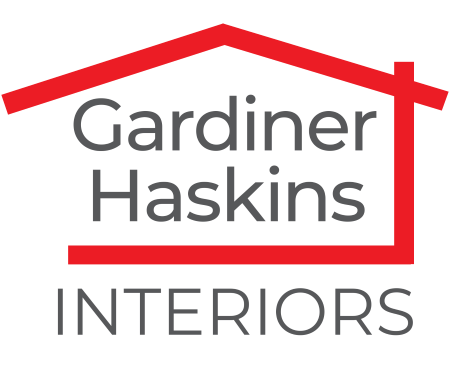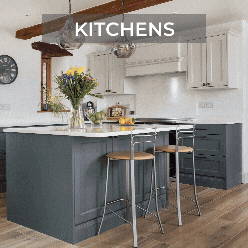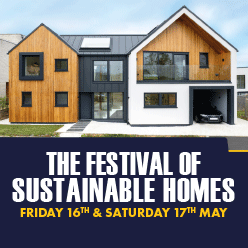In case you missed it see what’s in this section
Let's Talk
How architecture is becoming more sustainable
Pressure is mounting on every industry to cut carbon emissions. The fight against climate change wages on innovation as a key driver in the progression towards national and global objectives.
Westminster has set ambitious targets of reaching net zero by 2050, in a collective bid with other nations to preserve our planet before it’s too late.
The architecture, design and construction industries have a crucial role to play in facilitating this change. As the visionaries of future infrastructure and building design, their work must continue to integrate sustainable practices and features. How are they already doing this?
Design processes
One of the major developments in architecture and engineering has been computer-aided design. CAD design software has revolutionised and streamlined the process from end to end, cutting project times significantly.
It’s not just been a win for convenience. Greater precision is helping to reduce material wastage, limiting any unnecessary impacts of construction on the environment. With greater analysis capabilities, structures can be tested digitally and simplified before moving to the building phase, minimising construction emissions down the line.
Energy-efficient design
Green architecture has come to the forefront of the industry in recent years. Sustainable principles are integral in the modern design process and emphasis continues to be placed on energy efficiency.
This is considering energy used and emissions released during the construction process and the efficiency of structures once completed. One of the main factors taken into consideration is thermal regulation and maximising the energy supplied to buildings to reduce overall consumption.
Building materials
The choice of materials used by architects is also becoming more green-focused. Sustainable materials are those with low environmental impact, usually because they are responsibly or locally sourced and require minimal energy to produce.
Recycled and reclaimed materials are increasingly popular and great for the environment. Integrating nature into designs, in methods such as green roofing, is a fantastic way to reduce the impact of buildings on the environment around them.
Passive solar design
Utilising natural and renewable resources is an excellent way to reduce the need for carbon-emitting energy consumption. Passive solar design is one method of harnessing energy from the sun to heat and cool structures by collection, distribution and control of the energy.
With the use of carefully positioned windows, thermal masses and shades, a building can be heated and cooled without the need for mechanical or electrical systems.
Innovation is driving architecture forward to deliver stunning structures while limiting environmental impact. These sustainable buildings will be key in reducing carbon emissions for several decades to come.
Weather in Bristol
Listings


















